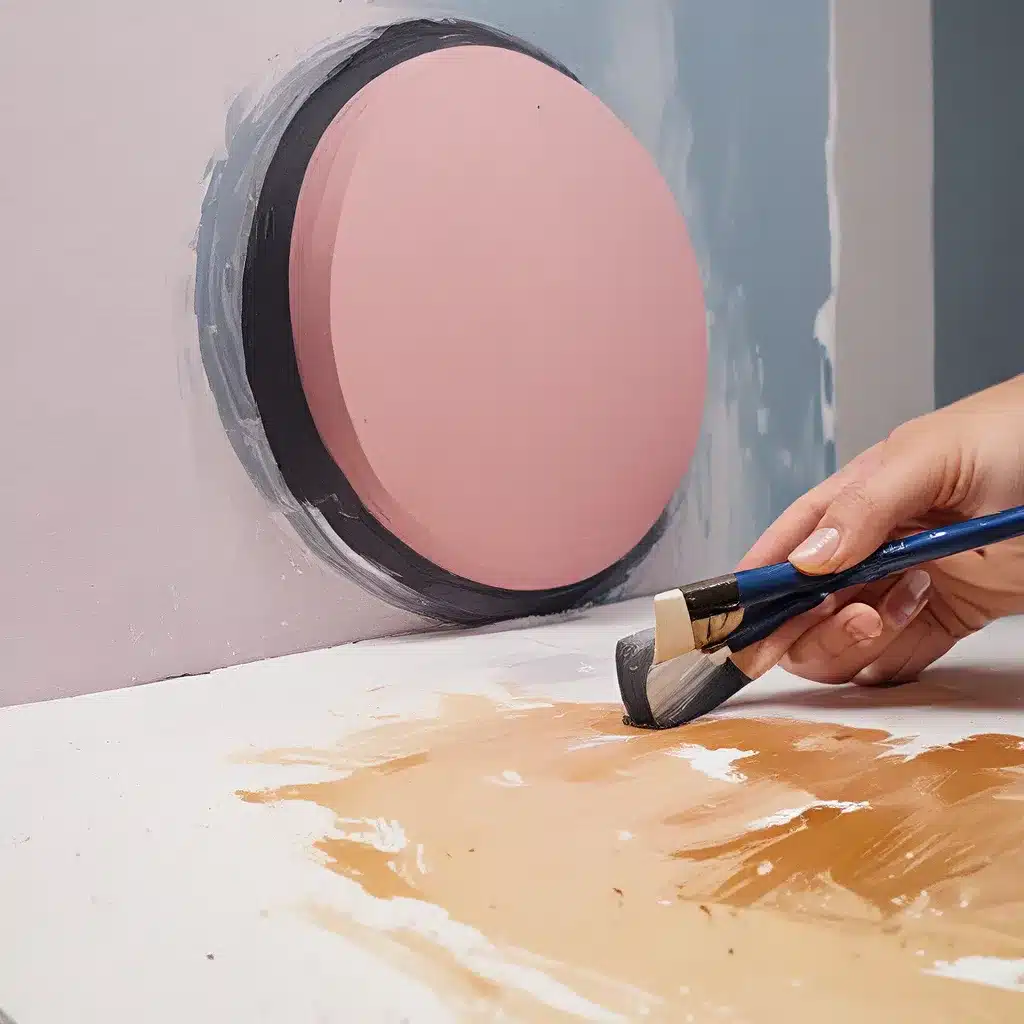
Painting is a captivating art form that allows us to express our creativity and bring our visions to life. One of the most crucial techniques in painting is blending, which is the process of seamlessly transitioning between colors and creating smooth, harmonious gradients. Mastering the art of blending can elevate your paintings, making them more visually appealing and professional-looking.
Understanding the Importance of Blending
Blending is a fundamental skill in painting, regardless of the medium you work with, be it acrylics, oils, or watercolors. It’s the key to achieving realistic, three-dimensional effects and creating depth and dimension in your artwork. When done effectively, blending can help you:
- Smoothen Color Transitions: Blending allows you to create soft, gradual transitions between colors, avoiding harsh lines and creating a more polished, cohesive look.
- Enhance Realism: By blending colors seamlessly, you can mimic the natural way light interacts with surfaces, resulting in a more realistic and lifelike representation.
- Evoke Mood and Atmosphere: The way you blend colors can greatly influence the overall mood and atmosphere of your painting, whether you’re aiming for a serene, moody, or dynamic effect.
- Develop Depth and Dimension: Blending can help you create the illusion of depth and three-dimensionality, making your paintings appear more visually captivating and immersive.
Mastering Blending Techniques
Blending can be achieved through various techniques, and mastering them takes practice and experimentation. Here are some essential blending techniques to explore:
Wet-on-Wet Blending
Wet-on-wet, also known as “alla prima” or “direct painting,” is a technique where you apply wet paint onto a wet surface. This allows the colors to seamlessly blend and create soft, organic transitions. To use this method:
- Apply a layer of wet paint to your canvas or paper.
- While the paint is still wet, use a clean, soft brush to gently blend the colors together, creating smooth gradients.
- Work quickly before the paint starts to dry, as this technique requires a wet surface for the best results.
Dry Blending
Dry blending is a technique where you blend colors on a dry surface using a clean, dry brush. This method allows for more control and precision, making it suitable for smaller details or when you want to maintain sharper edges. To dry blend:
- Apply two or more colors of paint side by side on your palette or canvas.
- Use a clean, dry brush to gently blend the colors together, working the brush back and forth across the edges.
- Continuously wipe your brush on a clean cloth to maintain a dry, bristle-like texture.
Layered Blending
Layered blending involves building up multiple layers of paint, allowing each layer to dry before applying the next. This technique is particularly useful for acrylic painting, as acrylics dry quickly and can be easily reworked. To layer and blend:
- Apply a base layer of paint, allowing it to dry completely.
- Add a second layer of a different color, overlapping the edges of the previous layer.
- Use a clean, soft brush to gently blend the edges of the two layers, creating a seamless transition.
- Repeat this process, adding more layers and blending as needed, until you achieve the desired effect.
Blending with Mediums
In addition to the above techniques, you can also use painting mediums to enhance your blending abilities. Mediums, such as acrylic medium, retarder, or glazing medium, can help slow down the drying time of your paint, making it easier to blend and create smooth transitions. Experiment with different mediums to find the one that works best for your painting style and desired effects.
Tips for Seamless Blending
Achieving seamless blending takes practice, but here are some additional tips to help you master this essential painting skill:
- Use the Right Brushes: Choose soft, high-quality brushes with a smooth, flexible bristle texture. This will allow you to blend the paint more effectively.
- Control Your Paint Consistency: Ensure your paint is not too thin or too thick, as either extreme can make blending more challenging. Experiment with the right consistency for your desired effect.
- Work in Small Sections: Instead of trying to blend across the entire canvas, focus on small, manageable areas at a time. This will help you maintain control and create more seamless transitions.
- Embrace Patience and Practice: Blending takes time and patience to master. Don’t get discouraged; keep practicing, and you’ll see your blending skills improve over time.
- Experiment with Different Techniques: Try combining various blending methods, such as using a clean, dry brush to further smooth out wet-on-wet blending, or layering colors with a palette knife.
Unleash Your Creativity with Seamless Blending
Mastering the art of blending is a transformative skill that can elevate your painting practice and help you create visually stunning artworks. By understanding the importance of blending, exploring various techniques, and incorporating the tips outlined in this article, you’ll be well on your way to achieving seamless transitions and unleashing your full creative potential.
Remember, the journey of mastering blending is an ongoing one, filled with experimentation, practice, and a willingness to learn. Embrace the process, and enjoy the rewarding experience of watching your painting skills blossom. Happy painting!